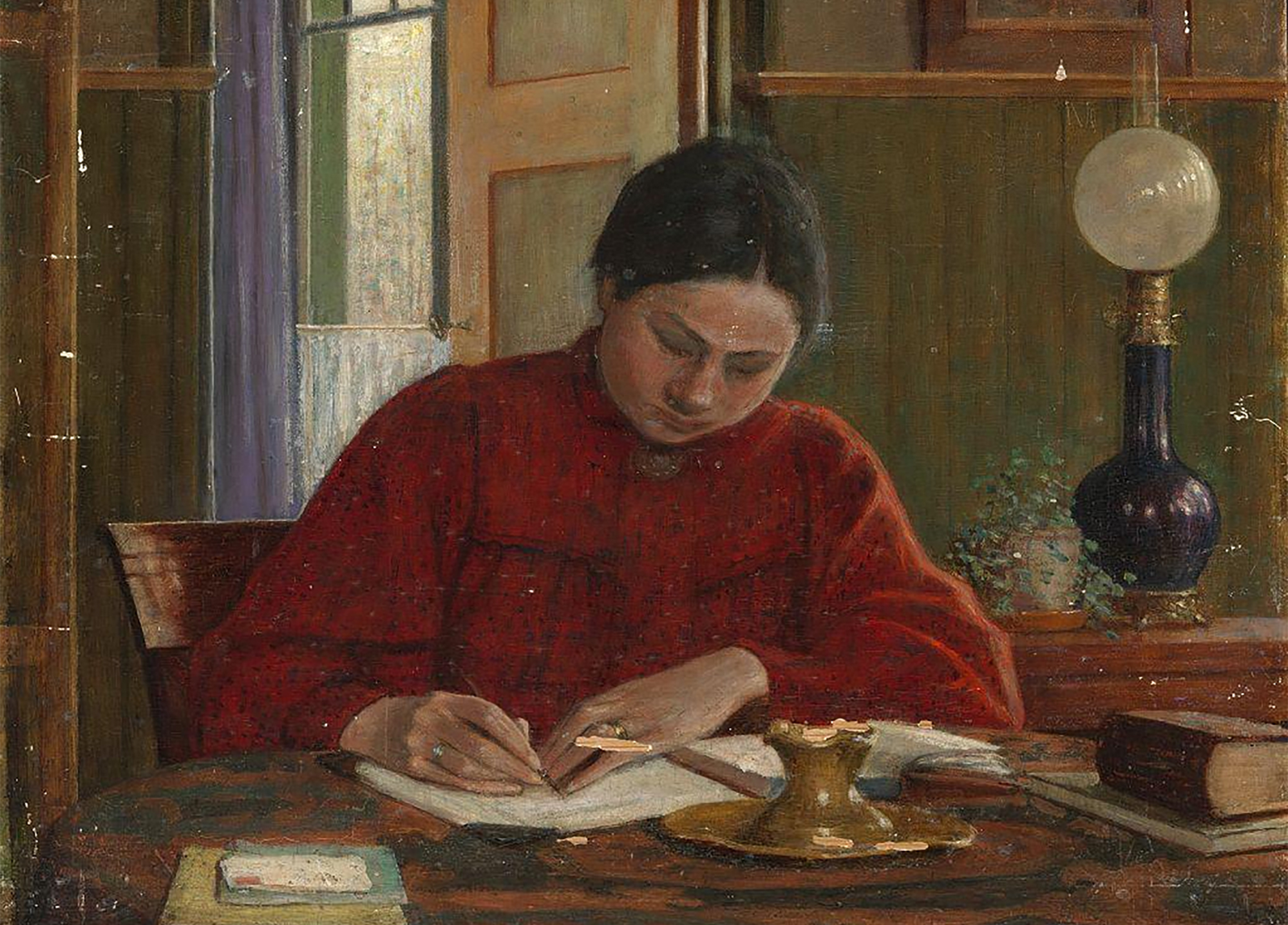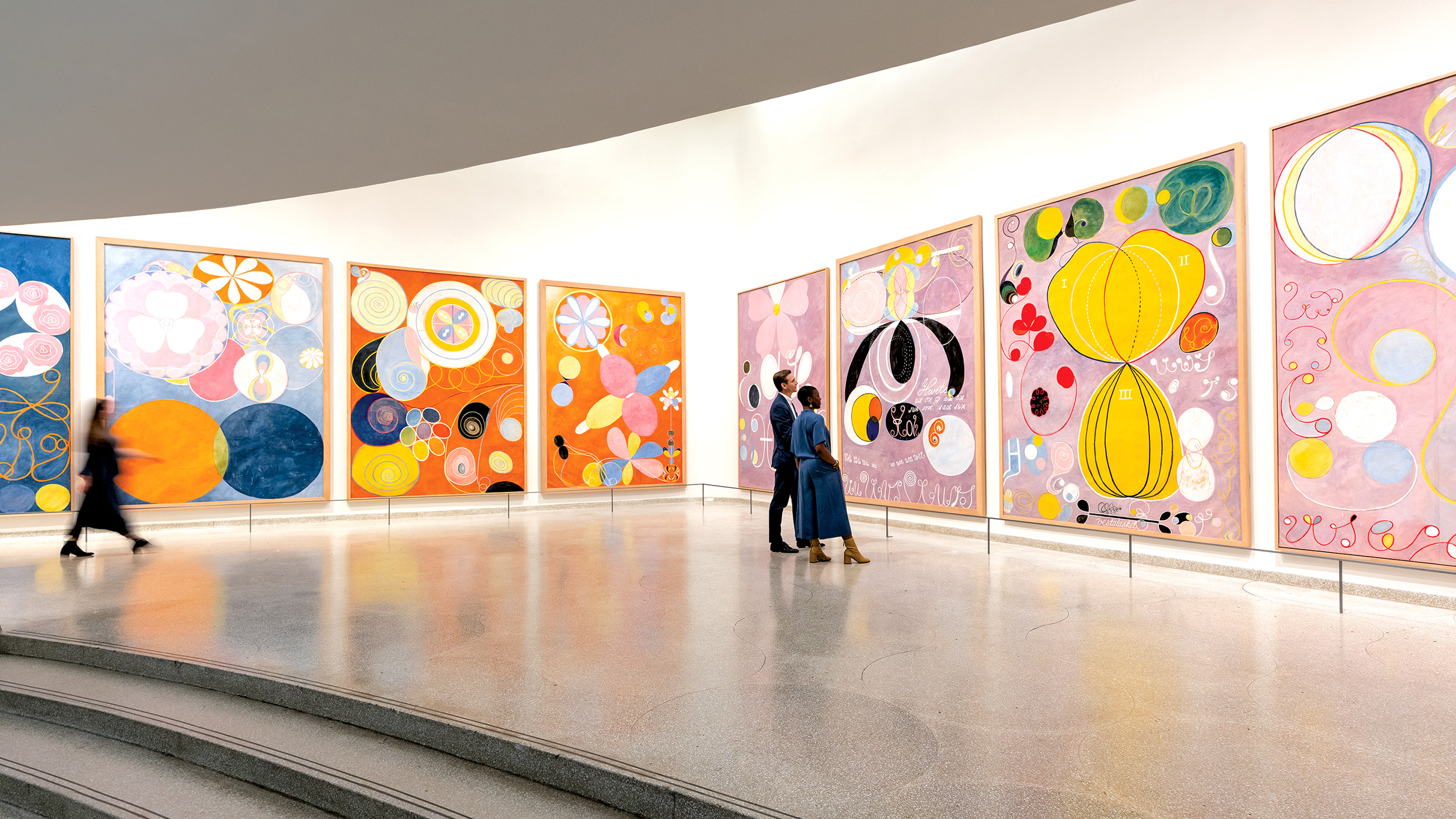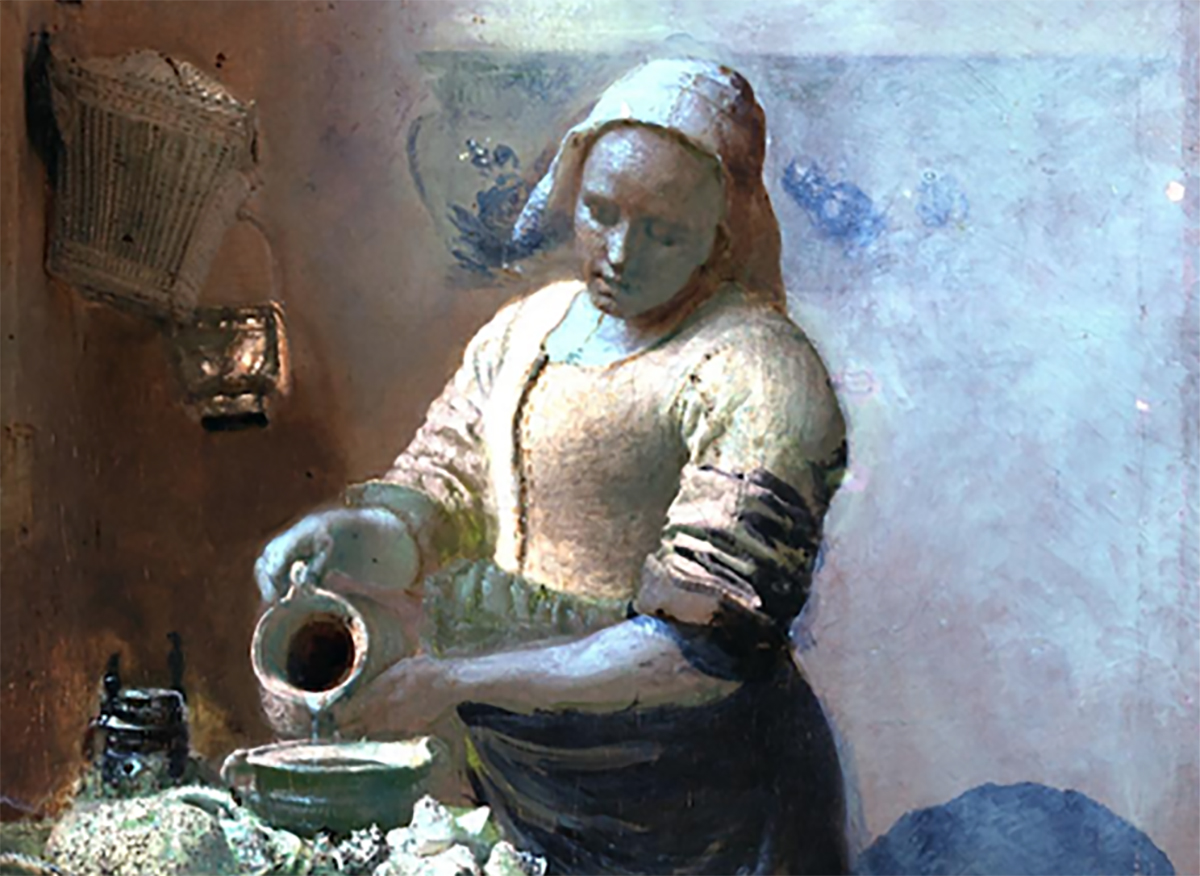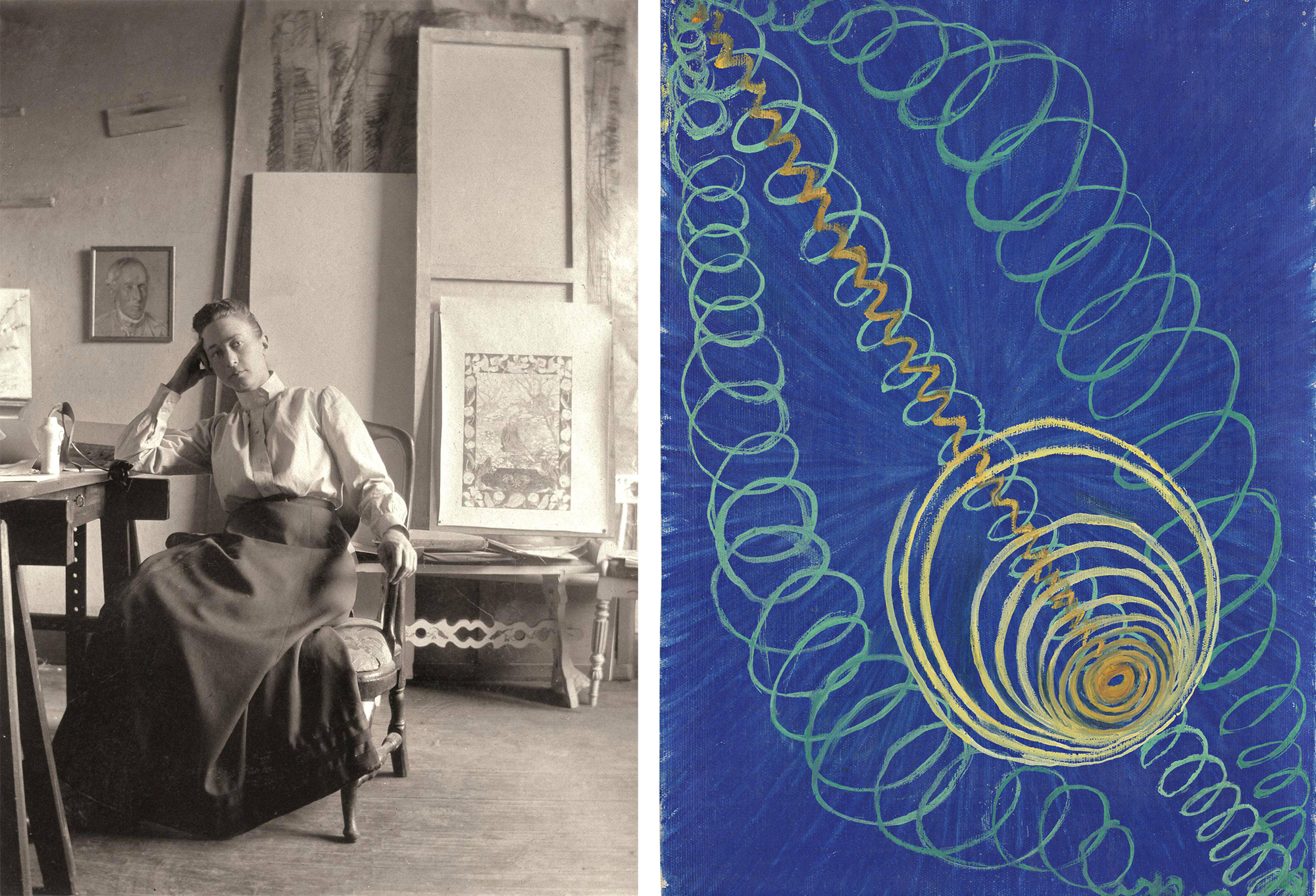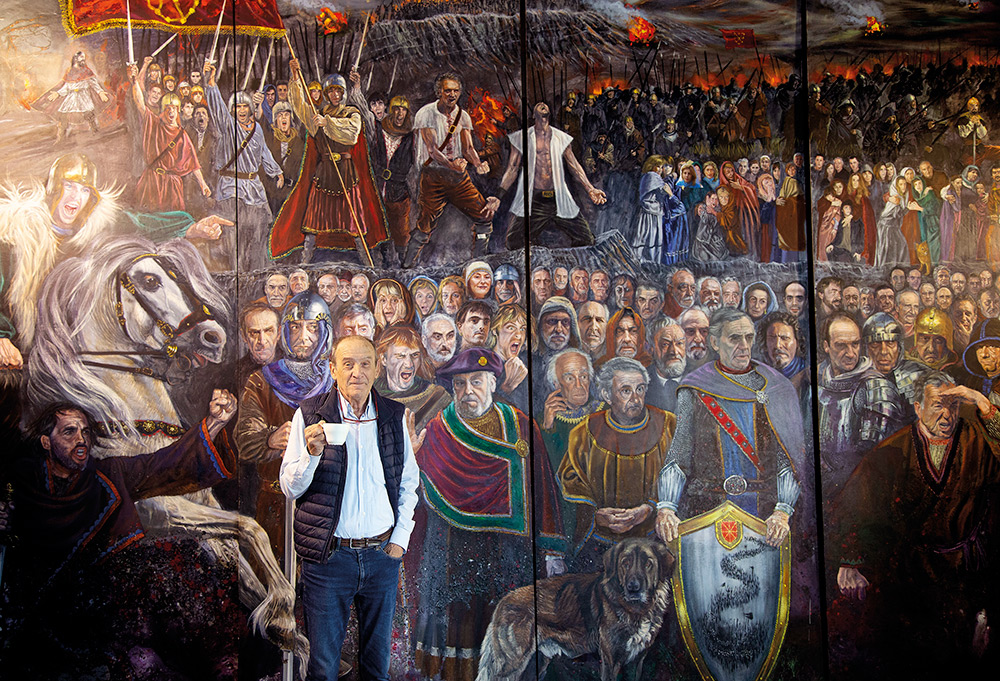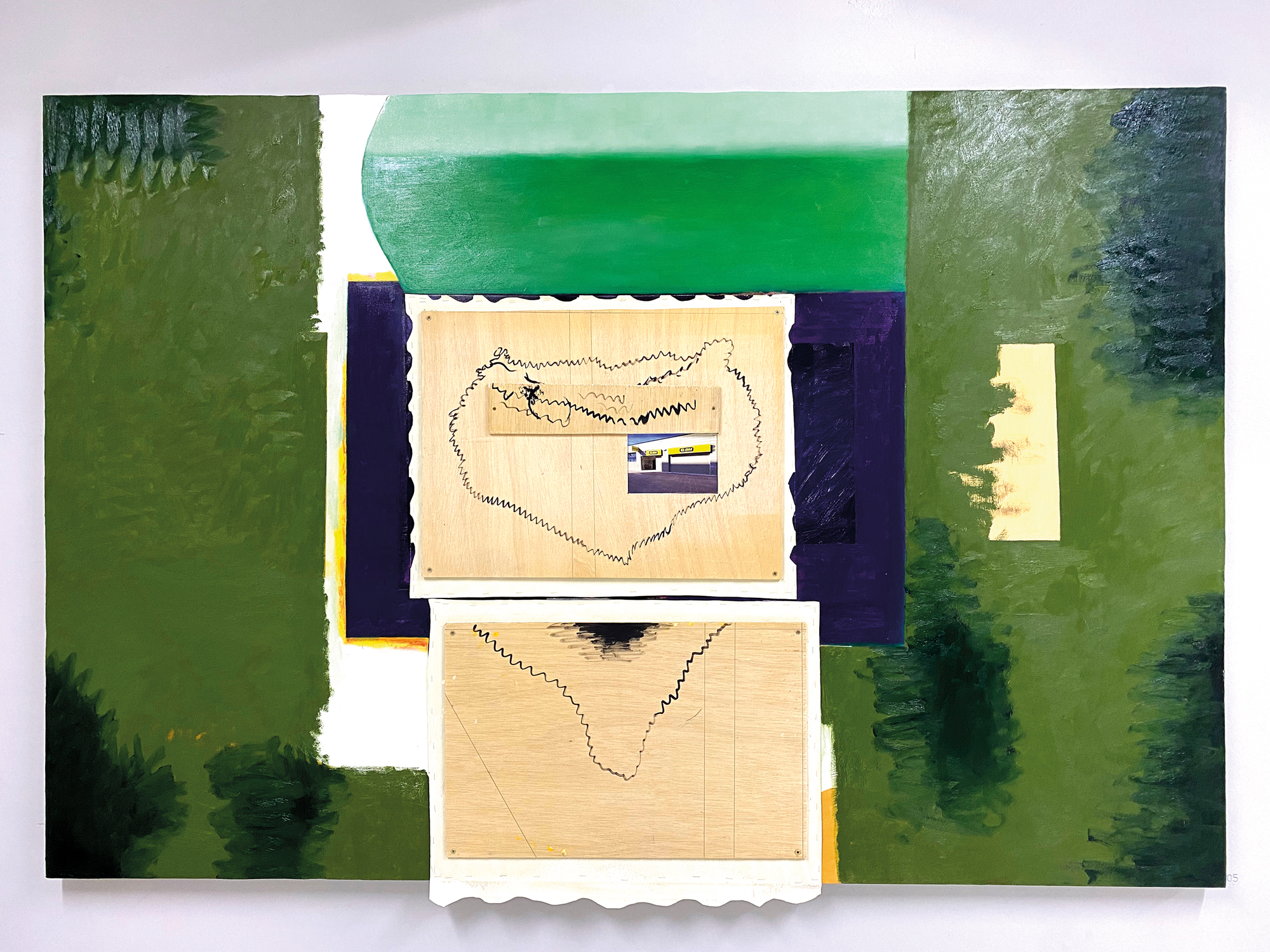In contrast cooling
- Paintings:: Gonzalo Etxebarria Where: Cloister of the Church of St. Mary, Must When: until 27 August
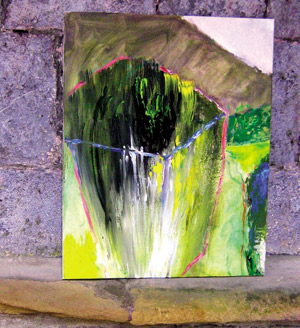
Gonzalo Etxebarria (Bilbao, 1954) returns to Deba. Etxebarria joined Deba’s art school founded by Jorge Oteiza 40 years ago, although by then Oteiza had already left the group. Etxeberria had to flee in 1981 and since then lives in Ipar Euskal Herria. For creators, flight is fruitful. And the result of that fertility can now be seen in the village where the artist had two years of school, in the incomparable setting of the cloister of the church of Santa Maria. Ten years ago a painting exhibition was organised for the first time in this cloister. On hot summer days, the Gothic porch allows you to enjoy the exposure in the cool shade. But today it's a gray and cold time.
The spectator who wants to analyze the work of Etxebarria in a gray and cold way, can point to the characteristics of abstract expressionism, especially the influence of German expressionism (in the 1970s, Ibarrola, Sistiaga, Zumeta, Mendiburu…, besides interacting with each other, received an undeniable influence from Germany) or the author tries to unite rationalism and chaos. But as Etxebarria himself has said, he does not like to give detailed explanations about his paintings. It is not compulsory for the viewer to understand his work. It seeks the reaction in the audience, whatever the reaction, it wants the viewer to feel something, to be excited.
We enter the church of Santa Maria, we turn left and we reach the cloister with that freedom that the painter has given us. The colors of the frames of all sizes attract attention: red, dark green, almost phosphorescent yellow… Attention and heat. These colors contrast remarkably with the walls of the church and with the whites and blacks that the artist used at the beginning of the tour and that today also blends with the colors. And contrast is perceived at other levels.
The difference between sizes and formats is also large. While the larger paintings occupy the space between the columns of the wall, in the small quadrangular or round paintings the eye goes to details. The larger paintings are often crossed by a horizontal line, separating the sky and the earth, creating a certain type of landscapes. And, therefore, the contradiction between abstraction and figurativism arises, at least in the eyes of this humble visitor. And the viewer can play around guessing forms, as we do in the clouds by separating shapes. Once you see the masked character, one eye, closed, the other, the yellow line, twisted and vivid, it will look like a lightning bolt, and in another painting you will discover the problem of green water. Or is it a forest? It's indifferent. Surely the next one will see something else. It's about transmitting sensations.
The sky, as if I wanted to add to the contrasts of the exhibition, has been cleaned and weak sun rays have been introduced through the nuances of the arches. Light is changing, and the viewer's perception is changing as well. The scene of this exhibition is not neutral, nor is it neutral for Zuberoa, where Gonzalo Etxebarria lives and works. “In my work there is always heaven and earth, Zuberoa, and chaos. And randomness, struggle, management, revelation -- that's my intention. That is the world I see in my paintings.”
Bussum (Netherlands), 15 November 1891. Johanna Bonger (1862-1925) wrote in his journal: “For a year and a half I was the happiest woman on earth. It was a long and wonderful dream, the most beautiful one I could dream of. And then came this terrible suffering.” She wrote... [+]














